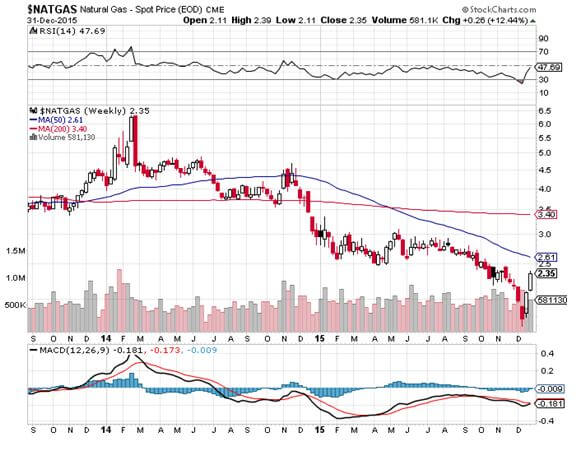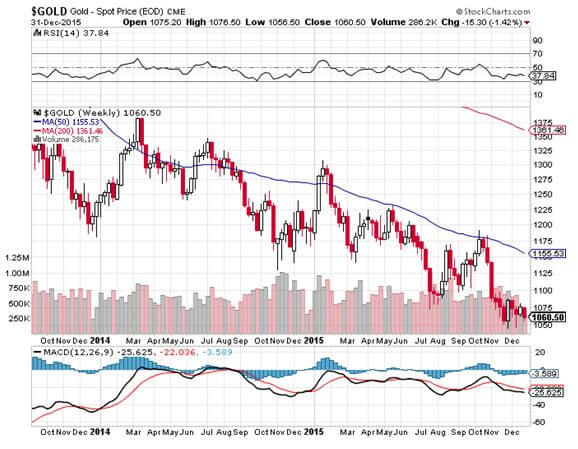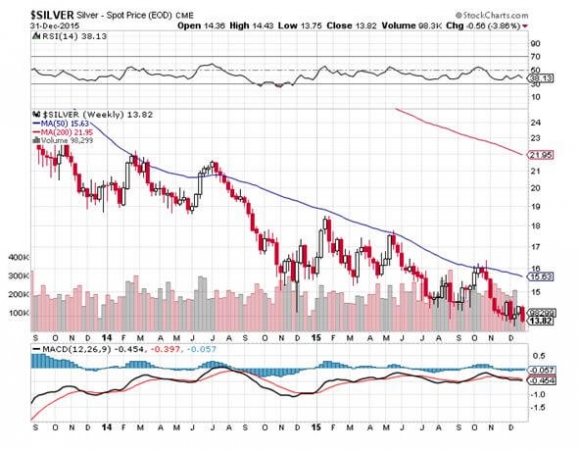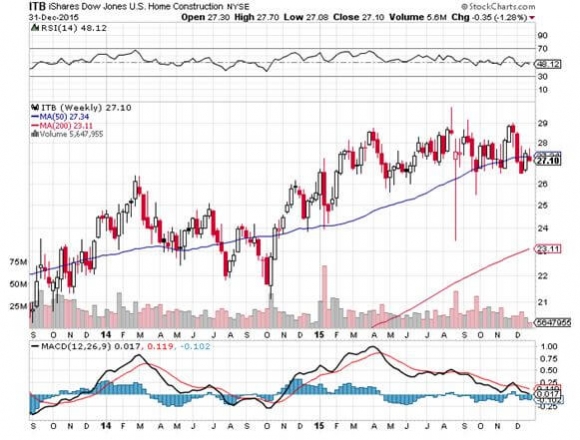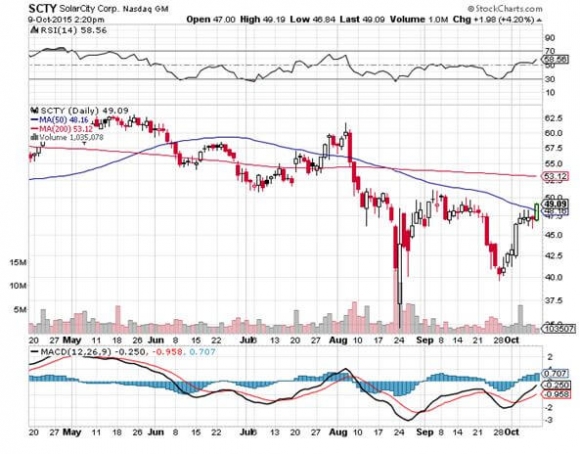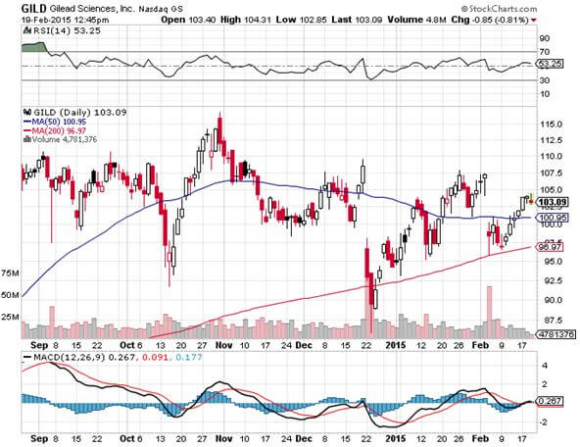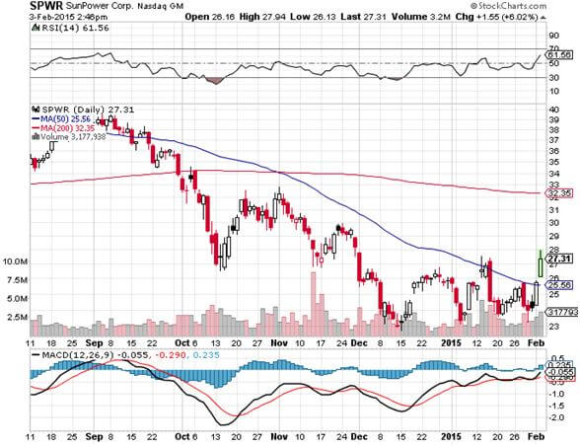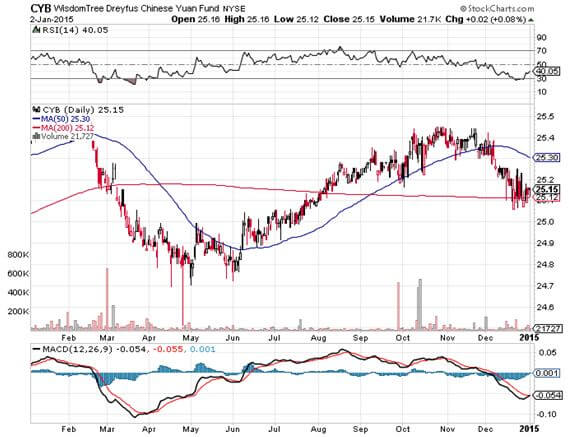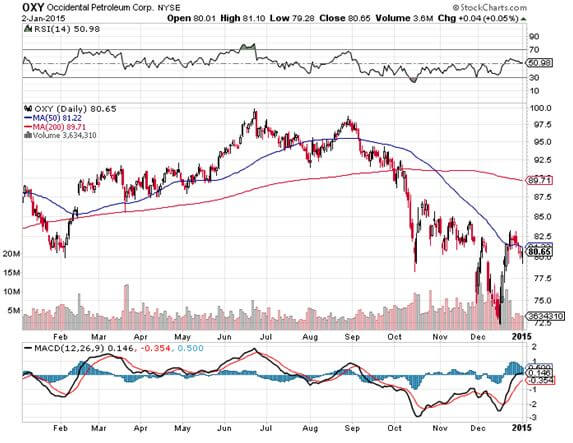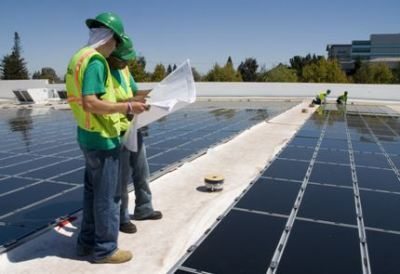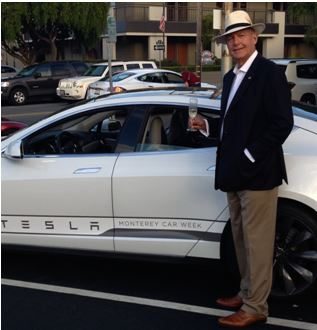I am once again writing this report from a first class sleeping cabin on Amtrak?s California Zephyr.
By day, I have two comfortable seats facing each other next to a panoramic window. At night, they fold into bunk beds, a single and a double. There is a shower, but only Houdini could get in and out of it.
I am not Houdini, so I go downstairs to use the larger public showers.
We are now pulling away from Chicago?s Union Station, leaving its hurried commuters, buskers, panhandlers, and majestic great halls behind. I love this building as a monument to American accomplishment.
I am headed for Emeryville, California, just across the bay from San Francisco. That gives me only 56 hours to complete this report.
I tip my porter, Raymond, $100 in advance to make sure everything goes well during the long adventure, and to keep me up to date with the onboard gossip.
The rolling and pitching of the car is causing my fingers to dance all over the keyboard. Spellchecker can catch most of the mistakes, but not all of them.
Thank goodness for small algorithms.
As both broadband and cell phone coverage are unavailable along most of the route, I have to rely on frenzied searches during stops at major stations along the way to chase down data points.
You know those cool maps in the Verizon stores that show the vast coverage of their cell phone networks? They are complete BS.
Who knew that 95% of America is off the grid? That explains a lot about our country today. I have posted many of my better photos from the trip below, although there is only so much you can do from a moving train and an iPhone 6.
After making the rounds with strategists, portfolio managers, and hedge fund traders, I can confirm that 2015 was one of the toughest to trade for careers lasting 30, 40, or 50 years. Even the stay-at-home index players had their heads handed to them.
With the Dow gaining 3.1% in 2015, and S&P 500 almost dead unchanged, this was a year of endless frustration. Volatility fell to the floor, staying at a monotonous 12% for eight boring consecutive months before spiking repeatedly many times to as high as 52%. Most hedge funds lagged the index by miles.
My Trade Alert Service, hauled in an astounding 38.8% profit, at the high was up 48.7%, and has become the talk of the hedge fund industry.
If you think I spend too much time absorbing conspiracy theories from the Internet, let me give you a list of the challenges I see financial markets facing in the coming year:
The Four Key Variables for 2016
1) Will the Fed raise interest rates more or not?
2) Will China?s emerging economy see a hard or soft landing?
3) Will Japanese and European quantitative easing increase, or remain the same?
4) Will oil bottom and stay low, or bounce hard?
Here are your answers to the above: no, soft, more later, bounce hard later.
There you go! That?s all the research you have to do for the coming year. Everything else is a piece of cake.
The Ten Highlights of 2015
1) Stocks will finish higher in 2016, almost certainly more than the previous year, somewhere in the 5% range and 7% with dividends. Cheap energy, a recovering global economy, and 2-3% GDP growth, will be the drivers. However, this year we have a headwind of rising interest rates and falling multiples.
2) Expect stocks to take a 15% dive. That gives us a -15% to +5% trading range for the year. Volatility will remain permanently higher, with several large spikes up. That means you are going to have to pedal harder to earn your crust of bread in 2016.
3) The Treasury bond market will modestly grind down, anticipating the next 25 basis point rate rise from the Federal Reserve, and then the next one after that.
4) The yen will lose another 5% against the dollar.
5) The Euro will fall another 5%, doing its best to hit parity with the greenback, with the assistance of beleaguered continental governments.
6) Oil stays in a $30-$60 range, showering the economy with hundreds of billions of dollars worth of de facto tax cuts.
7) Gold finally bottoms at $1,000 after one more final flush, then rallies $250. (My jeweler was right, again).
8) Commodities finally bottom out, thanks to new found strength in the global economy, and begin a modest recovery.
9) Residential real estate has made its big recovery, and will grind up slowly from here for years.
10) The 2016 presidential election will eat up immense amounts of media and research time, but will have absolutely no impact on financial markets. Give your money to charity instead.
The Thumbnail Portfolio
Equities - Long. A rising but high volatility year takes the S&P 500 up to 2,200. Technology, biotech, energy, solar, consumer discretionary, and financials lead. Energy should find its bottom, but later than sooner.
Bonds - Short. Down for the entire year, but not by much, with long periods of stagnation.
Foreign Currencies - Short. The US dollar maintains its bull trend, especially against the Yen and the Euro, but won't gain nearly as much as in 2015.
Commodities - Long. A China recovery takes them up eventually.
Precious Metals - Buy as close to $1,000 as you can. We are overdue for a trading rally.
Agriculture - Long. El Nino in the north and droughts in Latin American should add up to higher prices.
Real estate - Long. Multifamily up, commercial up, single family homes up small.
1) The Economy - Fortress America
I think real US economic growth will come in at the 2.5%-3% range.
With a generational demographic drag continuing for five more years, don?t expect more than that. Big spenders, those in the 46-50 age group, don?t return in larger numbers until 2022.
But this negative will be offset by a plethora of positives, like hyper-accelerating technology, global expansion, and the lingering effects of the Fed?s massive five year quantitative easing.
US corporate profits will keep pushing to new all time highs. But this year we won?t be held back by the collapsing economies of Europe, China, and Japan, which subtracted about 0.5% from American economic growth, nor weak energy.
US Corporate earnings will probably come in at $130 a share for the S&P 500, a gain of 10% over the previous year. During the last six years, we have seen the most dramatic increase in earnings in history, taking them to all-time highs.
Technology and dramatically lower energy costs are the principal sources of profit increases, which will continue their inexorable improvements. Think of more machines and software replacing people.
You know all of those hundreds of billions raised from technology IPO?s in 2015? Most of that is getting plowed right back into new start ups, increasing the rate of technology improvements even further, and the productivity gains that come with it.
We no longer have the free lunch of zero interest rates. But the cost of money will rise so slowly that it will barely impact profits. Deflation is here to stay. Watch the headline jobless rate fall below 5% to a full employment economy.
Keep close tabs on the weekly jobless claims that come out at 8:30 AM Eastern every Thursday for a good read as to whether the financial markets will head in a ?RISK ON? or ?RISK OFF? direction.
 A Rocky Mountain Moose Family
A Rocky Mountain Moose Family
2) Equities (SPX), (QQQ), (AAPL), (XLF), (BAC), (EEM),(EWZ), (RSX), (PIN), (FXI), (TUR), (EWY), (EWT), (IDX)
For the first time in seven years, earnings multiples are going to fall, but not by much. That is the only possible outcome in a world with rising interest rates, however modestly.
If multiples fall by 5%, from the current 18X to 17.1X, profits increase by 10%, and you throw in a 2% dividend, you should net out a 7% return by the end of the year.
S&P 500 earnings fell by 6% in 2015, but take out oil and they grew by 5.6%. In 2016, energy will be a lesser drag, or not at all. That makes my 10% target doable.
That is not much of a return with which to take on a lot of risk. But remember, in a near zero interest rate world, there is nothing else to buy.
This is not an outrageous expectation, given the 10-22 earnings multiple range that we have enjoyed during the last 30 years.
The market currently trades around fair value, and no market in history ever peaked out here. An overshoot to the upside, often a big one, is mandatory. Yet, that is years off.
After all, my friend, Janet Yellen, is paying you to buy stock with cheap money, so why not? Borrowing money at close to zero and investing in 2% dividend paying stocks has become the world?s largest carry trade.
Rising interest rates will have one additional worrying impact on stock prices. They will pare back mergers and acquisitions and corporate buy backs in 2016.
Together these were the sources of all new net buying of stocks in 2015, some $5.5 trillion worth. Call it financial engineering, but the market loves it.
Although energy looks terrible now, it could well be the top-performing sector by the end of the year, to be followed by commodities.
Certainly, every hedge fund and activist investor out there is undergoing a crash course on oil fundamentals. After a 13-year expansion of leverage in the industry, it is ripe for a cleanout.
Solar stocks will continue on a tear, now that the 30% federal investment tax subsidy has been extended by five more years. Look at Solar City (SCTY), First Solar (FSLR), and the solar basket ETF (TAN). Revenues are rocketing and costs are falling.
After spending a year in the penalty box, look for small cap stocks to outperform. These are the biggest beneficiaries of cheap energy and low interest rates.
Share prices will deliver anything but a straight-line move. Expect a couple more 10% plus corrections in 2015, and for the Volatility Index (VIX) to revisit $30 multiple times. The higher prices rise, the more common these will become.
 Frozen Headwaters of the Colorado River
Frozen Headwaters of the Colorado River
3) Bonds ?(TLT), (TBT), (JNK), (PHB), (HYG), (PCY), (MUB), (HCP), (KMP), (LINE)
Amtrak needs to fill every seat in the dining car, so you never know who you will get paired with for breakfast, lunch, and dinner.
There was the Vietnam vet Phantom jet pilot who now refused to fly because he was treated so badly at airports. A young couple desperate to get out of Omaha could only afford seats as far as Salt Lake City, sitting up all night. I paid for their breakfast.
A retired British couple was circumnavigating the entire US in a month on a ?See America Pass.? Mennonites returning home by train because their religion forbade airplanes.
I have to confess that I am leaning towards the ?one and done? school of thought with regards to the Fed?s interest rate policy. We may see a second 25 basis point rise in June, but only if the economy takes off like a rocket and international concerns disappear, an unlikely probability.
If you told me that US GDP growth was 2.5%, unemployment was at a ten year low at 5.0%, and energy prices had just plunged by 68%, I would have pegged the ten-year Treasury bond yield at 6.0%. Yet here we are at 2.25%.
We clearly are seeing a brave new world.
Global QE added to a US profit glut has created more money than the fixed income markets can absorb.
Virtually every hedge fund manager and institutional investor got bonds wrong last year, expecting rates to rise. I was among them, but that is no excuse.
Fixed income turned out to be a winner for me in 2015, as I sold short every bond price spike from the summer onward. It worked like a charm.
You might as well take your traditional economic books and throw them in the trash. Apologies to John Maynard Keynes, John Kenneth Galbraith, and Paul Samuelson.
The reasons for the debacle are myriad, but global deflation is the big one. With ten year German bunds yielding a paltry 62 basis points, and Japanese bonds paying a paltry 26 basis points, US Treasuries are looking like a steal.
To this, you can add the greater institutional bond holding requirements of Dodd-Frank, a balancing US budget deficit, a virile US dollar, the commodity price collapse, and an enormous embedded preference for investors to keep buying whatever worked yesterday.
For more depth on the perennial strength of bonds, please click here for ?Ten Reasons Why I?m Wrong on Bonds?.
Bond investors today get an unbelievable bad deal. If they hang on to the longer maturities, they will get back only 80 cents worth of purchasing power at maturity for every dollar they invest a decade down the road.
But institutions and individuals will grudgingly lock in these appalling returns because they believe that the potential losses in any other asset class will be worse.
The problem is that driving eighty miles per hour while only looking in the rear view mirror can be hazardous to your financial health.
While much of the current political debate centers around excessive government borrowing, the markets are telling us the exact opposite.
A 2% handle on the ten-year yield is proof to me that there is a Treasury bond shortage, and that the government is not borrowing too much money, but not enough.
There is another factor supporting bonds that no one is looking at. The concentration of wealth with the 1% has a side effect of pouring money into bonds and keeping it there. Their goal is asset protection and nothing else.
These people never sell for tax reasons, so the money stays there for generations. It is not recycled into the rest of the economy, as conservative economists insist. As this class controls the bulk of investable assets, this forestalls any real bond market crash, at lest for the near term.
So what will 2016 bring us? I think that the erroneous forecast of higher yields I made last year will finally occur this year, and we will start to chip away at the bond market bubble?s granite edifice.
I am not looking for a free fall in price and a spike up in rates, just a move to a new higher trading range.
We could ratchet back up to a 3% yield, but not much higher than that. This would enable the inverse Treasury bond bear ETF (TBT) to reverse its dismal 2015 performance, taking it from $46 back up to $60.
You might have to wait for your grandchildren to start trading before we see a return of 12% Treasuries, last seen in the early eighties. I probably won?t live that long.
Reaching for yield suddenly went out of fashion for many investors, which is typical at market tops. As a result, junk bonds (JNK) and (HYG), REITS (HCP), and master limited partnerships (AMLP) are showing their first value in five years.
There is also emerging market sovereign debt to consider (PCY). If oil and commodities finally bottom, these high yielding bonds should take off on a tear.
This asset class was hammered last year, so we are now facing a rare entry point.
There is a good case for sticking with munis. No matter what anyone says, taxes are going up, and when they do, this will increase tax-free muni values.
The collapse of the junk bond market suddenly made credit quality a big deal last year. What is better than lending to the government, unless you happen to live in Puerto Rico or Illinois.
So if you hate paying taxes, go ahead and buy this exempt paper, but only with the expectation of holding it to maturity. Liquidity could get pretty thin along the way, and mark to markets could be shocking.
Be sure to consult with a local financial advisor to max out the state, county, and city tax benefits.
One question I always get asked at lunches, conferences, and lectures is what is going to happen to the budget deficit?
The short answer is that it disappears in 2018 with no change in current law, thanks to steady growth in tax revenues and no big new wars.
And Social Security? It will be fully funded by 2030, thanks to a huge demographic tailwind provided by the addition of 86 million Millennials to the tax rolls.
A bump up in US GDP growth from 2% to 4% during the 2020?s will also be a huge help, again, provided we don?t start any more wars.
It looks like I am going to be able to collect after all.
 A Visit to the 19th Century
A Visit to the 19th Century
4) Foreign Currencies (FXE), (EUO), (FXC), (FXA), (YCS), (FXY), (CYB)
Without much movement in interest rates in 2016, you can expect the same for foreign currencies.
Last year, we saw never ending expectations of aggressive quantitative easing by foreign central banks, which never really showed. What we did get, was always disappointing.
The decade long bull market in the greenback continues, but not by much. You can forget about those dramatic double digit gains the dollar made against the Euro at the beginning of last year, which we absolutely nailed.
The fundamental play for the Japanese yen is still from the short side. But don?t expect movement until we see another new leg of quantitative easing from the Bank of Japan. It could be a long wait.
The problems in the Land of the Rising Sun are almost too numerous to count: the world?s highest debt to GDP ratio, a horrific demographic problem, flagging export competitiveness against neighboring China and South Korea, and the world?s lowest developed country economic growth rate.
The dramatic sell off we saw in the Japanese currency since December, 2012 is the beginning of what I believe will be a multi decade, move down. Look for ?130 to the dollar sometime in 2016, and ?150 further down the road.
I have many friends in Japan looking for an overshoot to ?200. Take every 3% pullback in the greenback as a gift to sell again.
With the US having the world?s strongest major economy, its central bank is, therefore, most likely to continue raising rates the fastest.
That translates into a strong dollar, as interest rate differentials are far and away the biggest decider of the direction in currencies. So the dollar will remain strong against the Australian and Canadian dollars as well.
For a sleeper, use the next plunge in emerging markets to buy the Chinese Yuan ETF (CYB) for your back book. Now that the Yuan is an IMF reserve currency, it has attained new respectability.
But don?t expect more than single digit returns. The Middle Kingdom will move heaven and earth in order to keep its appreciation modest to maintain their crucial export competitiveness.
5) Commodities (FCX), (VALE), (MOO), (DBA), (MOS), (MON), (AGU), (POT), (PHO), (FIW), (CORN), (WEAT), (SOYB), (JJG)
There isn?t a strategist out there not giving thanks for not loading up on commodities in 2015, the preeminent investment disaster of the year. Those who did are now looking for jobs on Craig?s List.
It was another year of overwhelming supply meeting flagging demand, both in Europe and Asia. Blame China, the one big swing factor in the global commodity.
The Middle Kingdom is currently changing drivers of its economy, from foreign exports to domestic consumption. This will be a multi decade process, and they have $3.5 trillion in reserves to finance it.
It will still demand prodigious amounts of imported commodities, especially, oil, copper, iron ore, and coal, all of which we sell. But not as much as in the past. This trend ran head on into a decade long expansion of capacity by the industry.
The derivative equity plays here, Freeport McMoRan (FCX) and Companhia Vale do Rio Doce (VALE), have all taken an absolute pasting.
The food commodities were certainly the asset class to forget about in 2015, as perfect weather conditions and over planting produced record crops for the second year in a row, demolishing prices. The associated equity plays took the swan dive with them.
Not even the arrival of one of the biggest El Nino events in history could bail them out.
However, the ags are still a tremendous long term Malthusian play. The harsh reality here is that the world is making people faster than the food to feed them, the global population jumping from 7 billion to 9 billion by 2050.
Half of that increase comes in countries unable to feed themselves today, largely in the Middle East. The idea here is to use any substantial weakness, as we are seeing now, to build long positions that will double again if global warming returns in the summer, or if the Chinese get hungry.
The easy entry points here are with the corn (CORN), wheat (WEAT), and soybean (SOYB) ETF?s. You can also play through (MOO) and (DBA), and the stocks Mosaic (MOS), Monsanto (MON), Potash (POT), and Agrium (AGU).
The grain ETF (JJG) is another handy fund. Though an unconventional commodity play, the impending shortage of water will make the energy crisis look like a cakewalk. You can participate in this most liquid of assets with the ETF?s (PHO) and (FIW).
 Snow Angel on the Continental Divide
Snow Angel on the Continental Divide
6) Energy (DIG), (RIG), (USO), (DUG), (DIG), (UNG), (USO), (OXY), (XLE), (X)
You are now an oil trader, even if you didn?t realize it. Yikes!
The short-term direction of the price of Texas tea will be the principal driver for the prices of all asset classes, as it was for the 2015.
The smartest thing I did in 2015 was to ignore the professional traders, who called the bottom in oil monthly, based on key technical levels.
Instead, I hung on every word uttered by my old drilling buddies in the Barnett Shale, who only saw endless supply.
Guess whom I?ll be paying attention to this year?
I expect oil to bottom in 2016, and then launch a ferocious short covering rally. But when and where is anyone?s guess.
If energy legends John Hamm, John Arnold, and T. Boone Pickens have no idea where the absolute low will be, who am I to second-guess them?
When that happens, a trillion dollars will pour out of the sidelines into this troubled sector. Energy shares should be top-performers in 2016.
That makes energy Master Limited Partnerships, now yielding 10%-15%, especially interesting in this low yield world. Since no one in the industry knows which issuers are going bankrupt, you have to take a basket approach and buy all of them.
The Alerian MLP ETF (AMLP) does this for you in an ETF format (click here for details). At its low this fund was down by 41% this year. The last printed annualized yield I saw was 10%. That kind of return will cover up a lot of sins.
Our train has moved over to a siding to permit a freight train to pass, as it has priority on the Amtrak system. Three Burlington Northern engines are heaving to pull over 100 black, brand new tank cars, each carrying 30,000 gallons of oil from the fracking fields in North Dakota.
There is another tank car train right behind it. No wonder Warren Buffet tap dances to work every day, as he owns the railroad.
Who knew that a new, younger Saudi king would ramp up production to once unimaginable levels and crush prices, turning the energy world upside down?
They aren?t targeting American frackers, who at 1 million barrels a day in a 92 million barrel a day demand world barely move the needle. Their goal is to destroy the economies of enemies Iran, Yemen, Russia, and of course ISIS, which need high prices to stay in business.
So far, so good.
Cheaper energy will bestow new found competitiveness on US companies that will enable them to claw back millions of jobs from China in dozens of industries.
At current prices, the energy savings works out to an eye popping $550 per American driver per year!
This will end our structural unemployment faster than demographic realities would otherwise permit.
We have a major new factor this year in considering the price of energy. The nuclear deal with Iran promises to add 500,000 to 1 million barrels a day to an already glutted global market. Iraq is ramping up production as well.
We are also seeing relentless improvements on the energy conservation front with more electric vehicles, high mileage conventional cars, and newly efficient building. Anyone of these inputs is miniscule on its own. But add them all together and you have a game changer.
Enjoy cheap oil while it lasts because it won?t last forever. American rig counts are already falling off a cliff and will eventually engineer a price recovery.
As is always the case, the cure for low prices is low prices. But we may never see $100/barrel crude again.
Add to your long term portfolio (DIG), Exxon Mobil (XOM), Cheniere Energy (LNG), the energy sector ETF (XLE), Conoco Phillips (COP), and Occidental Petroleum (OXY).
Skip natural gas (UNG) price plays and only go after volume plays, because the discovery of a new 100-year supply from ?fracking? and horizontal drilling in shale formations is going to overhang this subsector for a very long time.
It is a basic law of economics that cheaper prices bring greater demand and growing volumes, which have to be transported. However, major reforms are required in Washington before use of this molecule goes mainstream.
These could be your big trades of 2016, but expect to endure some pain first, nor to get much sleep at night.
7) Precious Metals (GLD), (DGP), (SLV), (PPTL), (PALL)
The train has added extra engines at Denver, so now we may begin the long laboring climb up the Eastern slope of the Rocky Mountains.
On a steep curve, we pass along an antiquated freight train of hopper cars filled with large boulders. The porter tells me this train is welded to the tracks to create a windbreak. Once, a gust howled out of the pass so swiftly that it blew a train over on to its side.
In the snow filled canyons we sight a family of three moose, a huge herd of elk, and another group of wild mustangs. The engineer informs us that a rare bald eagle is flying along the left side of the train. It?s a good omen for the coming year.
We also see countless abandoned 19th century gold mines and the broken down wooden trestles leading to them, relics of previous precious metals busts. So it is timely here to speak about precious metals.
As long as the world is clamoring for paper assets like stocks and bonds, gold is just another shiny rock. After all, who needs an insurance policy if you are going to live forever?
We have already broken $1,040 once, and a test of $1,000 seems in the cards before a turnaround ensues. There are more hedge fund redemptions and stop losses to go. The bear case has the barbarous relic plunging all the way down to $700.
But the long-term bull case is still there. Gold is not dead; it is just resting.
If you forgot to buy gold at $35, $300, or $800, another entry point is setting up for those who, so far, have missed the gravy train. The precious metals have to work off a severely, decade old overbought condition before we make substantial new highs.
Remember, this is the asset class that takes the escalator up and the elevator down, and sometimes the window.
If the institutional world devotes just 5% of their assets to a weighting in gold, and an emerging market central bank bidding war for gold reserves continues, it has to fly to at least $2,300, the inflation adjusted all-time high, or more.
This is why emerging market central banks step in as large buyers every time we probe lower prices. China and India emerged as major buyers of gold in the final quarter of 2015.
They were joined by Russia, which was looking for non-dollar investments to dodge US economic and banking sanctions.
For me, that pegs the range for 2016 at $1,000-$1,250. ETF players can look at the 1X (GLD) or the 2X leveraged gold (DGP).
I would also be using the next bout of weakness to pick up the high beta, more volatile precious metal, silver (SLV), which I think could hit $50 once more, and eventually $100.
What will be the metals to own in 2015? Palladium (PALL) and platinum (PPLT), which have their own auto related long term fundamentals working on their behalf, would be something to consider on a dip.
With US auto production at 18 million units a year and climbing, up from a 9 million low in 2009, any inventory problems will easily get sorted out.
 Would You Believe This is a Blue State?
Would You Believe This is a Blue State?
8) Real Estate (ITB)
The majestic snow covered Rocky Mountains are behind me. There is now a paucity of scenery, with the endless ocean of sagebrush and salt flats of Northern Nevada outside my window, so there is nothing else to do but write.
My apologies to readers in Wells, Elko, Battle Mountain, and Winnemucca, Nevada.
It is a route long traversed by roving banks of Indians, itinerant fur traders, the Pony Express, my own immigrant forebears in wagon trains, the transcontinental railroad, the Lincoln Highway, and finally US Interstate 80.
There is no doubt that there is a long-term recovery in real estate underway. We are probably 5 years into a 17-year run at the next peak in 2028.
But the big money has been made here over the past two years, with some red hot markets, like San Francisco, soaring. If you live within commuting distance of Apple (AAPL), Google (GOOG), or Facebook (FB) headquarters in California, you are looking at multiple offers, bidding wars, and prices at all time highs.
While the sales figures have recently been weak, it is a shortage of supply that is the cause. You can?t sell what you don?t have, at least in the real estate business.
From here on, I expect a slow grind up well into the 2020?s. If you live in the rest of the country, we are talking about small, single digit gains. The consequence of pernicious deflation is that home prices appreciate at a glacial pace.
At least, it has stopped going down, which has been great news for the financial industry.
There are only three numbers you need to know in the housing market for the next 20 years: there are 80 million baby boomers, 65 million Generation Xer?s who follow them, and 86 million in the generation after that, the Millennials.
The boomers have been unloading dwellings to the Gen Xer?s since prices peaked in 2007. But there are not enough of the latter, and three decades of falling real incomes mean that they only earn a fraction of what their parents made. That's what caused the financial crisis.
If they have prospered, banks won?t lend to them. Brokers used to say that their market was all about ?location, location, location?. Now it is ?financing, financing, financing?.
Banks have gone back to the old standard of only lending money to people who don?t need it. But expect to put up your first-born child as collateral, and bring in your entire extended family in as cosigners if you want to get a bank loan.?
There is a happy ending to this story. Millennials, now aged 21-37 are already starting to kick in as the dominant buyers in the market. They are just starting to transition from 30% to 70% of all new buyers in this market. The Great Millennial Migration to the suburbs has begun.
As a result, the price of single family homes should rocket tenfold during the 2020?s, as they did during the 1970?s and the 1990?s, when similar demographic influences were at play.
This will happen in the context of a coming labor shortfall and rising standards of living. Inflation returns.
Rising rents are accelerating this trend. Renters now pay 35% of the gross income, compared to only 18% for owners, and less when multiple deductions and tax subsidies are taken into account.
Remember too, that by then, the US will not have built any new houses in large numbers in 10 years. We are still operating at only a quarter of the peak rate. Thanks to the Great Recession, the construction of five million new homes has gone missing in action.
That makes a home purchase now particularly attractive for the long term, to live in, and not to speculate with.
You will boast to your grandchildren how little you paid for your house, as my grandparents once did to me ($18,000 for a four bedroom brownstone in Brooklyn in 1922).
Quite honestly, of all the asset classes mentioned in this report, purchasing your abode is probably the single best investment you can make now.
If you borrow at a 3% 5/1 ARM rate, and the long-term inflation rate is 3%, then over time you will get your house for free.
How hard is that to figure out?
 Crossing the Bridge to Home Sweet Home
Crossing the Bridge to Home Sweet Home
9) Postscript
We have pulled into the station at Truckee in the midst of a howling blizzard.
My loyal staff have made the 20 mile trek from my beachfront estate at Incline Village to welcome me to California with a couple of hot breakfast burritos and a chilled bottle of Dom Perignon Champagne, which has been resting in a nearby snowbank. I am thankfully spared from taking my last meal with Amtrak.
After that, it was over legendary Donner Pass, and then all downhill from the Sierras, across the Central Valley, and into the Sacramento River Delta.
Well, that?s all for now. We?ve just passed the Pacific mothball fleet moored in the Sacramento River Delta and we?re crossing the Benicia Bridge. The pressure increase caused by an 8,200 foot descent from Donner Pass has crushed my water bottle.
The Golden Gate Bridge and the soaring spire of the Transamerica Building are just around the next bend across San Francisco Bay.
A storm has blown through, leaving the air crystal clear and the bay as flat as glass. It is time for me to unplug my Macbook Pro and iPhone 6, pick up my various adapters, and pack up.
We arrive in Emeryville 45 minutes early. With any luck, I can squeeze in a ten mile night hike up Grizzly Peak and still get home in time to watch the opener for Downton Abbey's final season.
I reach the ridge just in time to catch a spectacular pastel sunset over the Pacific Ocean. The omens are there. It is going to be another good year.
I?ll shoot you a Trade Alert whenever I see a window open on any of the trades above.
Good trading in 2016!
John Thomas
The Mad Hedge Fund Trader























